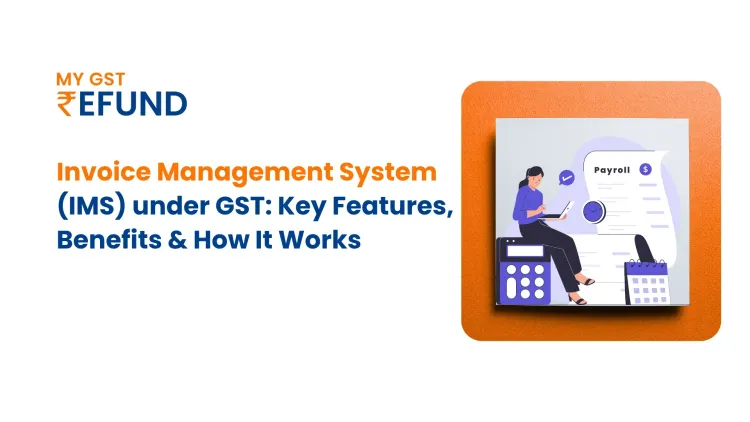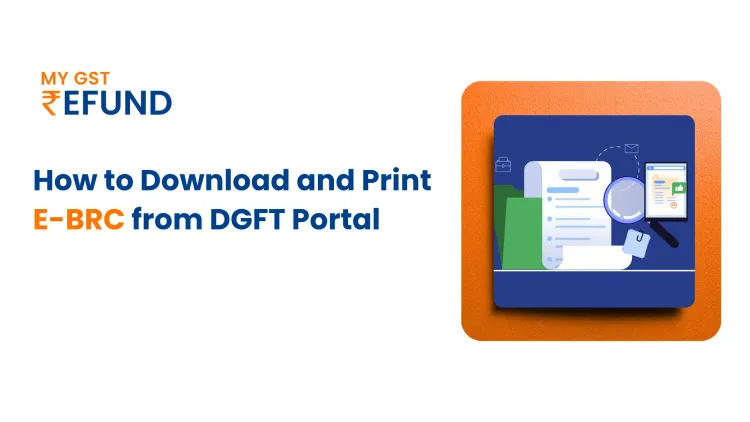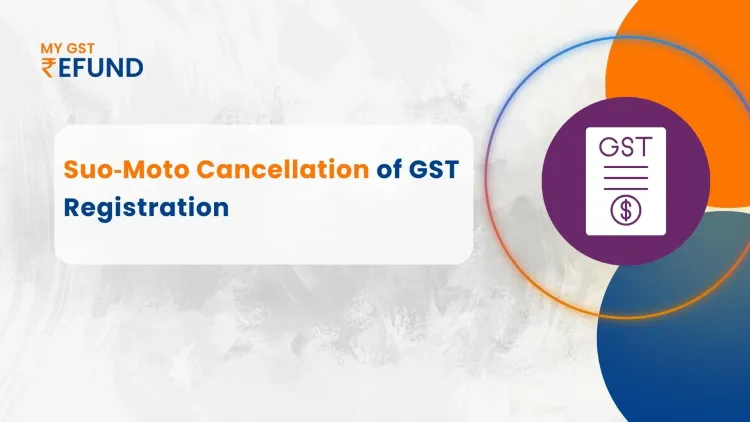Letter of Credit: Definition, Types & Process for Exporters
In international trade, where buyers and sellers are far apart, it becomes very important to deal with secure payments. To protect both parties, that’s when a Letter of Credit (LC) comes into play. With the help of this guide, it will be simple to comprehend the different kinds, procedures, and benefits of using a Letter of Credit (LC).
What is a Letter of Credit (LC)?
A letter of credit (LC) is a document that a bank issues to ensure that the buyer will pay the seller. It guarantees the seller will receive payment on time and in full. The bank pays the full amount or the remaining amount on the buyer's behalf, even if the buyer is unable to make such a payment.
In simple terms, a letter of credit is issued against a pledge of securities or cash. Banks typically collect a fee, which is a percentage of the size/amount of the letter of credit.
Role of Letter of Credit (LC) in International Trade
In international trade and transactions, the Letter of Credit (LC) is crucial. This procedure eliminates payment risks, ensures that goods are transported on time, and gives exporters the assurance that they will receive the agreed-upon compensation because there are clear guidelines and the companies are from different countries.
Types of Letter of Credit
Here’s in the following are a glimpse of the most common ones:
At Sight LC: It is the most straightforward among all LCs and the easiest one. Here, as soon as the documents are verified, the payment is immediately processed to the seller.
Transferable LC: It allows the trader or any intermediary to assign all or part of the LC to the actual supplier. People commonly use it for chain transactions.
Green Clause LC: It provides an advance payment to an exporter to use for packing and storing their goods at a warehouse.
Red Clause LC: It is the type of LC that allows the exporter to receive an advance payment before the shipment of goods, even without showing documents.
Revocable & Irrevocable LC: A Revocable LC can be changed or cancelled by the issuing bank without notifying the seller previously. Almost all trade is carried out with an Irrevocable LC, which can only be altered if all the parties agree.
Standby LC: Standby LC acts more like a backup guarantee. If the buyer fails to pay or fulfill the agreement, the bank steps in and pays the seller.
Usance LC: It is a type of letter of credit where the buyer receives extra time to settle payment.
Revolving LC: It is a type of letter of credit (LC) that allows for multiple drawdowns within a specific period.
Back-to-Back LC: It is the method that traders use, which means each party contributes an LC to the deal.
Documentary LC: It is the most common type where the exporter gets the payment from the bank only after showing the necessary papers, such as invoices,
shipping documents, and insurance.
Process of Availing a Letter of Credit- Step-by-step overview
Learning about Letters of Credit (LC) can show exporters and students how international transactions are protected.
Here's the step-by-step guide:
Agreement: The buyer and seller are settled in an agreement that includes using a Letter of Credit.
LC Application: To get the LC, the buyer goes to their bank (the issuing bank) and requests the issuance of the LC.
Issuance: The issuing bank sends the LC to the seller’s bank.
Confirmation: If required, a confirming bank can confirm the LC and give extra assurance to the LC.
Shipment: The seller delivers the shipment and collects all the important documentation.
Submission: The seller gives the documents to the advising bank.
Verification: The documents are verified and sent on to the issuing bank by the advising bank.
Payment: If all the requirements are met, the bank releases payment to the seller.
Involvement of Banks and Documentation
Banking institutions take care of the process involved in a Letter of Credit (LC):
Invoice
Packing list
The bill of lading is a document given to the shipper.
Certificate of origin
Insurance document
The papers are a way to prove the shipment was delivered according to the agreement
Benefits of Using a Letter of Credit
An LC reduces the risks of both the buyer and the seller in a trade.
Risk Mitigation: Using a credit card lowers the risk of not getting paid or being scammed. Exporters aren’t at risk of losing the buyer after the shipment is made.
Payment Assurance: When sellers finish all the details needed on the LC, they are guaranteed payment. Buyers are protected because they only pay when proof of shipment is shown.
How MYGST Refund Assists You in Obtaining a Letter of Credit?
MYGST Refund simplifies the process of obtaining a Letter of Credit and Export Finance Solution with the assistance of bank coordination, documentation, and compliance to make the trade transaction free of hassles. For expert support, call: +91 92050-05072 or Email: info@mygstrefund.com.
Are you spending too much time and money to get your BRC? Let us help you get your E-BRC at a lower cost and in less time. Start now and save both!
Common Issues and Discrepancies in Letters of Credit
Documentary Discrepancies: If any document does not conform to the terms of the letter of credit, the bank may refuse to honour the LOC. Inaccurate dates, mismatched names, or lacking documentation are examples of common inconsistencies.
False Documents: Occasionally, forged or fraudulent documents may be offered.
Time Limits: The LOC is typically time-sensitive. Any delay in submitting the documents can lead to the rejection of the payment.
Conclusion
A Letter of Credit (LOC) widely used financial tool that promotes global trade by providing buyers and sellers with security. An LOC acts as a payment guarantee, lowering the possibility of nonpayment and guaranteeing that both parties carry out their end of the bargain. However, it has its own inconveniences, fees, and conditions that both parties must understand and follow in order to make transactions simple.
Frequently Asked Questions
What do we understand by a letter of credit?
A bank issues an LC so that the seller can be paid after the terms and documentation of the international contract are completed.
What is the difference between LC and BG?
An LC makes sure that a trade deal is paid for according to the terms set. Another document, the BG (Bank Guarantee), is a promise that payment will be made if one party does not uphold the terms of a contract.
Who can issue a letter of credit?
Almost always, a Letter of Credit is issued only by a licensed banking or financial organization on a buyer’s behalf.
How does a letter of credit benefit the buyer (purchaser)?
Buyers have the security of not needing to pay until they get the goods. Payment occurs for the seller only once the goods are shipped and all agreements are met.
How does a letter of credit benefit the seller (exporter)?
A seller can rely on a reliable bank to handle payment, provided everything is done as outlined.
What is LC, and what are the types of LC?
There are various types of Letter of Credit (LC), such as At Sight, Usance, Red Clause, Green Clause, Transferable, Revolving, and several more.
Related Posts








